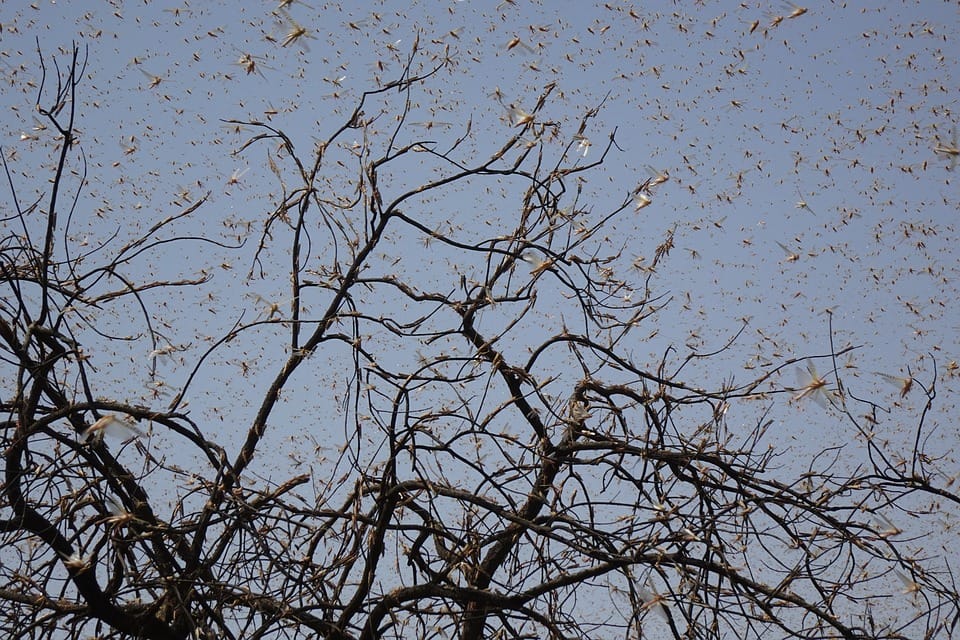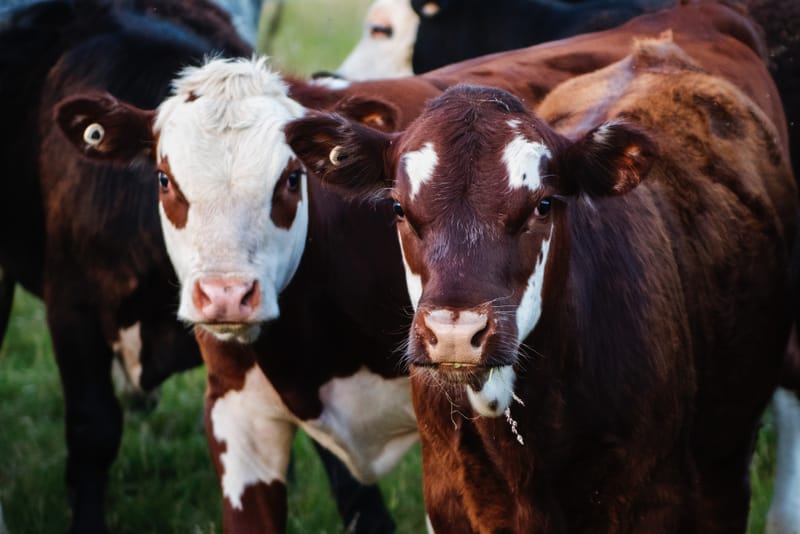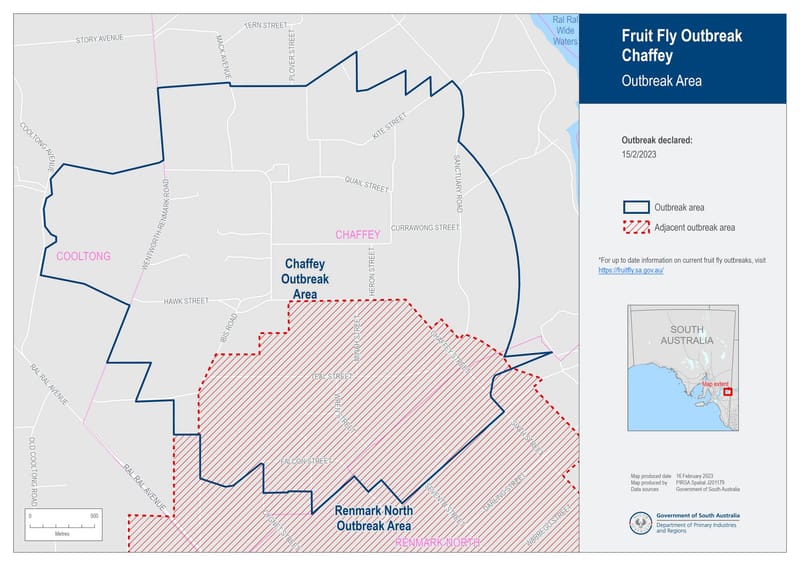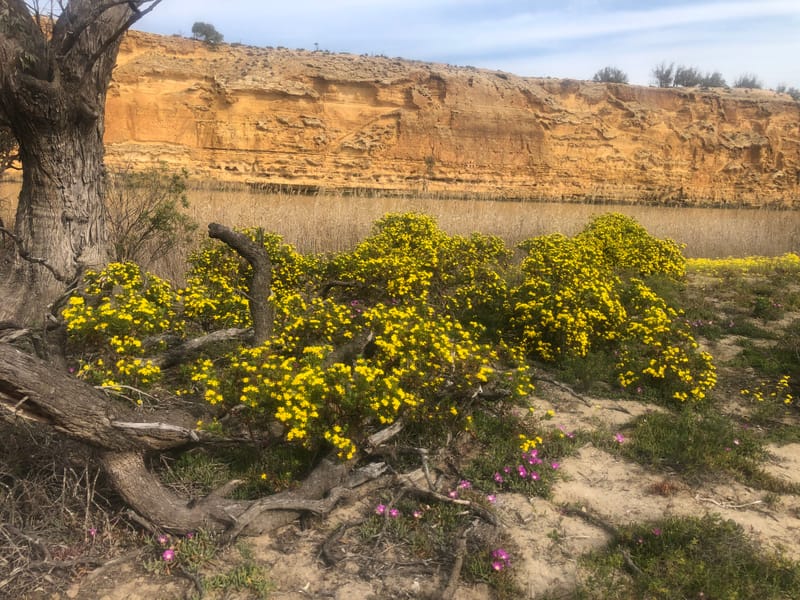Be on the lookout for locusts
THE Department of Primary Industries and Regions (PIRSA) is urging landowners and primary producers to be on the lookout for any signs of Australian plague locusts. A number of regions, including the Riverland and Mallee, have been identified as...

THE Department of Primary Industries and Regions (PIRSA) is urging landowners and primary producers to be on the lookout for any signs of Australian plague locusts.
A number of regions, including the Riverland and Mallee, have been identified as areas that may be affected by potential locust hatching and banding locusts following surveillance conducted by PIRSA in autumn this year.
The Australian plague locust is a significant agricultural pest which infests large areas, with outbreaks often frequent and the species producing several generations each year.
Swarms pose a major risk to South Australia’s $4.19bn field crop and horticulture industries.
Landowners are required to report any sightings of the pest to PIRSA and include information such as date, location, GPS co-ordinates, life stage (i.e. adult, hoppers), description of location (e.g. paddock, tree line or creek line), the density and size area of the infestation (e.g. number of hoppers per square metre area infested) and return contact details.
PIRSA can be reached through the Emergency Plant Pest Hotline (1800 084 881).
To combat the impact of the locusts, Cabinet has approved a $1.6 million budget to assist with planning and surveillance for the anticipated outbreak.
This financial support will help provide response teams, procure chemicals and have a plane on standby to respond to outbreaks.
However, PIRSA has encouraged landowners to factor in locusts into their current pest control planning.
Adults and hoppers can be controlled with standard Australian Pesticides and Veterinary Medicines Authority (APVMA) registered or permitted insecticides.
On properties where bands of locust hopper nymphs are present, PIRSA recommends to monitor and spray any hopper bands now to prevent feeding damage.





